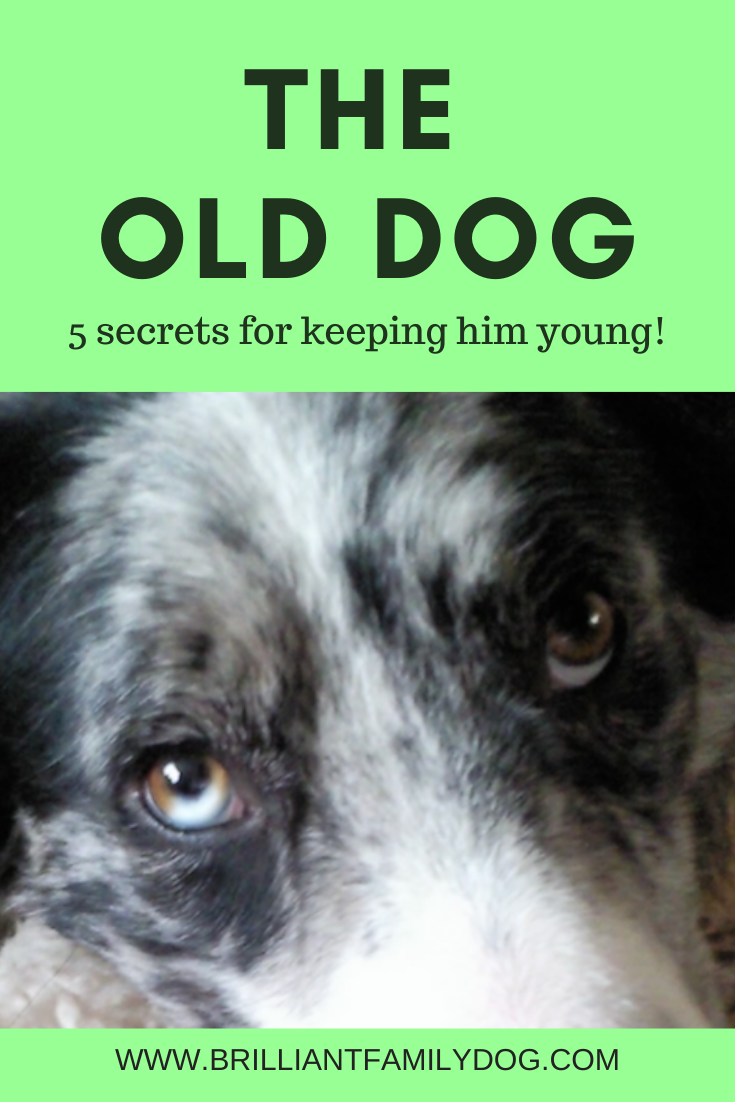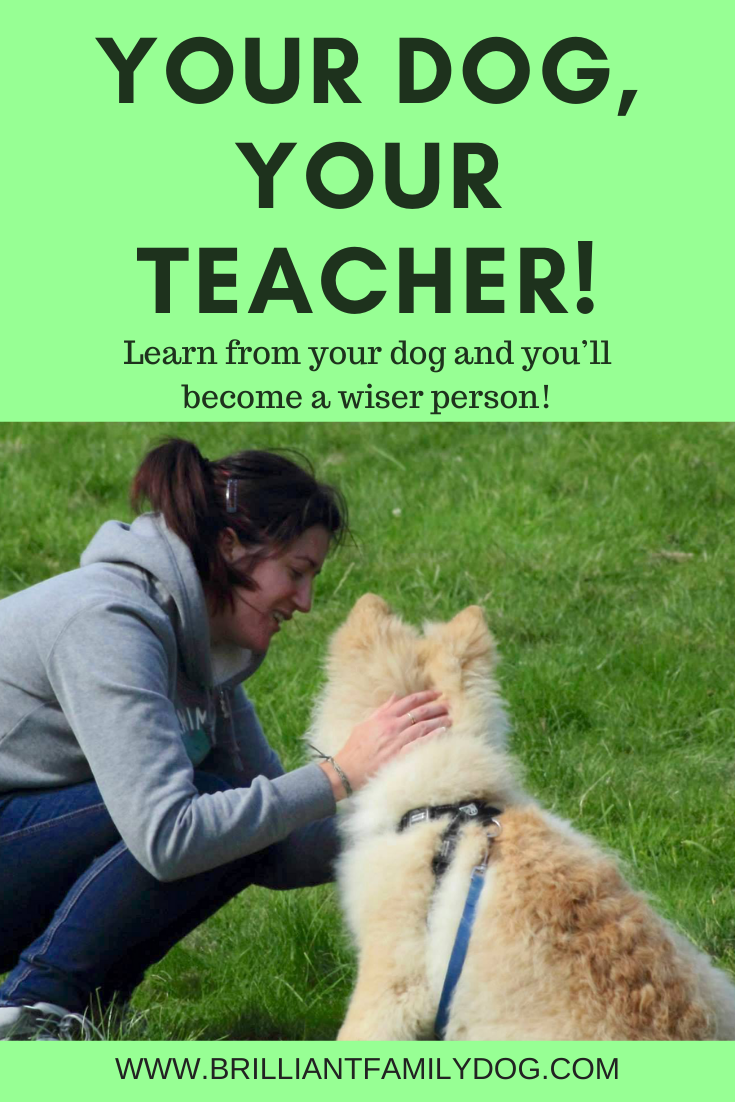I was thinking about Don’t-based training in this post a few weeks ago. And on reflection, I thought how much this applies to us as well as to those we interact with - dogs, colleagues, children, partner …
We say DON’T to ourselves every bit as much as we say it to our dogs and possibly our children - and often more!
Time to find a better way!
No blame, no shame
We turn straight to fault-finding, blame - shame! This happens with us as well as with our dogs.
“I’m no good at this,” we cry. “I can never make this work,” “Who, me??”
How often do you find yourself saying this type of thing? Doing yourself down? Why are we so intent on finding fault, beating ourselves up?
Could these feelings of unworthiness have been instilled at an early age, and we accept them as fact?
We’d never speak as harshly to another person - and I hope, our dogs! - as we speak to ourselves.
Imagine your friend saying, “I want to start this new project,” and you saying, “You? Some hope! You’re useless - it’ll never work. Why even bother?”
Of course you wouldn’t! You would be kind, supportive, encouraging. Even if you thought the venture foolhardy you’d step carefully round the subject, tease out some answers, and NOT judge your friend.
Would you say to your dog who is struggling to understand you, “You’re stupid. Why did I ever get you? You can’t learn anything.”
Of course you wouldn’t! You would be kind, thoughtful, gentle. You’d seek to find where your dog’s problem is, and how you can adjust things to make life easier for you both.
So why do you say it to yourself?
Dog training aka people training
You can use what you know from the way I show you to train your dog.
You focus on what you want
You start from where you are
You take baby steps
You celebrate small successes
You are proud of what you achieve!
Start with the science-backed method that works:
Reward.
Not a “carrot” or a “stick”, but a reward. A word, a treat (we can have treats too!), a touch. Something that shows you understand. Something that shows you appreciate the effort being made.
It’s been proven beyond a shadow of a doubt, with species as diverse as killer whales, dogs, pigeons, and dare I add - children!
If you reward what you like you’ll get more of it
And in this case the reward is in focussing on what it is you like. The more you think of what you can’t do, your insufficiencies, your perceived failures, the more of that you’ll get!
So the message is clear:
Focus on what you want and go for it.
Whether that’s the new trick you want to teach your dog, or the new course you want to chart for your life. No more beating yourself up!
Decisions, decisions
People find decision-making hard. We’re trying to break away from possible directions and choose just one. Sometimes we want to make a b-i-i-i-i-g life decision. Sometimes we can’t decide what to have for supper.
But decision-making is a habit. And you can build this up with practice. So practice making small decisions and then putting the subject out of your mind - no longer open for debate.
Don’t second guess yourself. Once it’s decided it’s DONE.
Do this with something small - like that question of what to have for supper - and enjoy the feeling of success and relief, once you’ve stopped going round in circles in your mind. Make your decision, and stick with it!
Soon you’ll be saying, “I’m going to schedule three training sessions with my dog this week, and get started on Loose Lead Walking working for me.” And you’ll STICK to it! Because you made that decision.

















